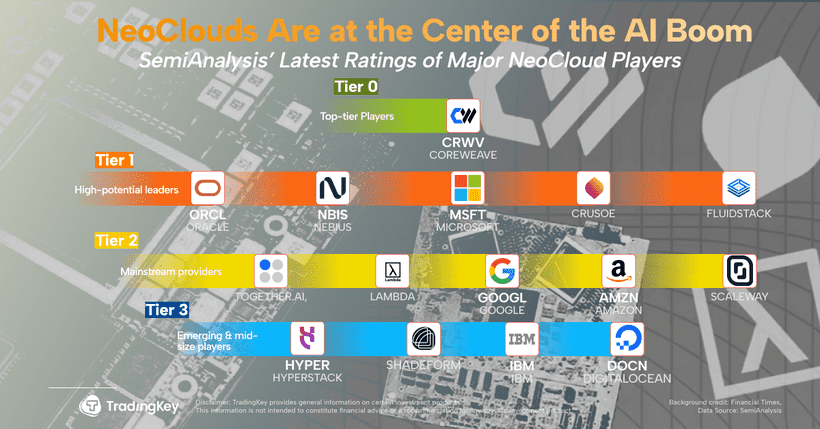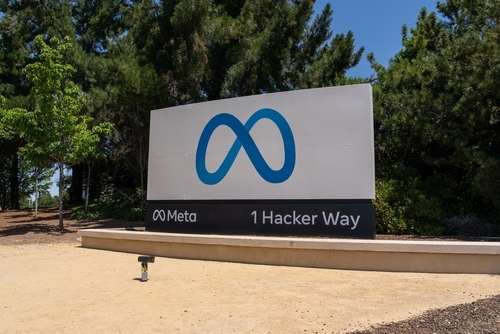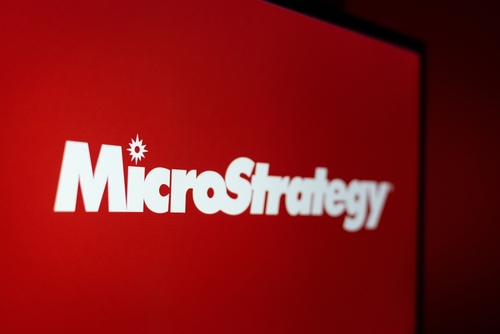Figma Soars 250% on IPO Day — Early VCs Reap 70x Returns as Adobe Regrets Missed Deal

TradingKey - Figma (FIG), the leading collaborative design platform, made a spectacular debut on the New York Stock Exchange on Thursday, July 31, with its stock surging more than 250% on its first trading day. The strong performance turned early venture capital investments into massive gains, with some achieving returns of up to 70 times their initial stakes.
After years of rapid growth and a failed acquisition attempt by Adobe, Figma chose to go public as a standalone company and was widely seen as the most anticipated software IPO in years. Shares closed at $115.50, far above the $33 IPO price, and rose over 20% in after-hours trading, briefly exceeding $140.
Figma had initially targeted a valuation of $16.5 billion with a $25–$28 per share offering range. As investor demand surged, the company raised the range to $30–$32, then priced the IPO at $33, valuing the company at $18.5 billion on a fully diluted basis.
By the end of the first trading day, Figma’s market capitalization reached $56.3 billion, with a fully diluted valuation climbing to $65 billion, more than tripling from its IPO price.
Strong Fundamentals Drive Investor Appetite
Analysts attributed the strong market reception to Figma’s AI-powered product innovation, solid financial performance, and strategic alignment with current tech trends, including its adoption of crypto-related treasury strategies.
Bloomberg analysts noted that Figma’s financial metrics outperform those of many large software companies. With limited direct competition, Figma enjoys strong pricing power and high customer retention.
Renaissance Capital highlighted that few high-growth software IPOs have come to market in the past three years, making Figma’s listing a rare opportunity. The long dry spell in tech IPOs has created strong demand from institutional and retail investors alike.
Early Investors Reap Massive Gains
For early venture backers, the IPO marked a historic windfall:
- Index Ventures, Figma’s largest VC backer and seed investor, initially invested around $100 million. By the close of trading, its stake was valued at approximately $7.23 billion.
- Greylock Partners, which led Figma’s Series A round in 2015 and is now the second-largest investor, put in $50 million. Its stake is now worth an estimated $6.75 billion.
- Mamoon Hamid of Kleiner Perkins, who participated in the 2018 Series B round with a $90 million investment, now holds a stake valued at $6.05 billion.
- Sequoia Capital, which invested $150 million, now holds shares worth $3.75 billion.
Adobe’s $20 Billion “Bargain” That Got Away
The IPO outcome underscores a major missed opportunity for Adobe, which in 2022 agreed to acquire Figma for $20 billion — a deal later blocked by antitrust regulators in the U.S. and EU.
At the time, the price was seen as steep. Today, it appears far below Figma’s market potential. Since the failed acquisition, Adobe has accelerated its own AI development, but investor sentiment has weakened.
On the day of Figma’s IPO, Adobe’s stock fell 1.73%, and is down 19.56% year-to-date in 2025, reflecting pressure from competition and slower-than-expected AI monetization.
Figma’s successful public market debut not only validates its independent growth path but also signals a resurgence in investor appetite for high-quality, founder-led software companies. As the IPO market reopens, Figma may set the tone for a new wave of tech listings in the second half of 2025.







